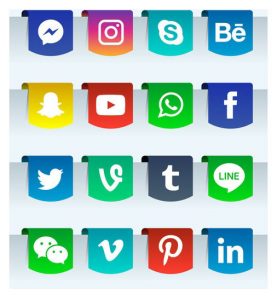Why is Dry Transfer Lettering a Popular Choice for Graphic Designers?
Rub-on writing, often known as dry transfer lettering, has long been a preferred option for graphic artists. Designers can produce crisp, accurate writing and images with this flexible material without the mess and hassle of more conventional techniques like paint or ink. In this post, we`ll look at the several factors that make dry transfer lettering so popular with designers today.
Dry transfer lettering is, first and foremost, exceedingly simple to use. To transfer an image onto the required surface, pressure is applied to a sheet of pre-printed letters or images using a stylus or pencil. This makes it possible to apply the writing or picture precisely without worrying about smudge or uneven application, which can happen with other media.
Dry transfer lettering is not only simple to apply, but it is also incredibly adaptable. A range of surfaces, including paper, cardboard, metal, glass, and plastic, can be treated with it. This makes it the perfect option for a variety of design tasks, including developing signage and logos as well as designing packaging and product labels.
The durability of dry transfer writing is another benefit. The lettering is permanent and resistant to fading, peeling, and breaking after it has been placed. Due industrial signage to this, it is a fantastic option for outdoor signage and other uses that demand long-lasting effects.
Also, there are many other designs and alternatives available to designers when using dry transfer lettering. There are numerous fonts, sizes, and colour options accessible, enabling designers to make unique lettering and graphics that are ideally suited to the requirements of their project. In certain cases, dry transfer sheets even have metallic or holographic coatings, which give patterns an extra layer of visual intrigue.
Dry transfer writing offers more than just useful advantages; it also has a distinctive style that many designers find appealing. Dry transfer writing gives projects a polished and professional appearance that can be challenging to accomplish with other media because of its precise, clear lines and solid colours. Dry transfer lettering may also produce a tactile texture that gives designs more depth and appeal because event signage it is a physical transfer method.
Dry transfer lettering has a lot of advantages, but you should be aware that it also has some drawbacks. Designers must be careful to put the letters in the proper place and orientation because it is a transfer technique, for instance. When dealing with curved surfaces or other unusual shapes, this can be challenging. Furthermore, despite the abundance of choices, the selection of colours and designs could not be as wide as what is possible with digital or conventional wall art printing techniques.
Despite these drawbacks, a lot of designers still use dry transfer writing because of its exceptional blend of adaptability, robustness, and visual appeal. Dry transfer lettering is still a common option for graphic designers today, whether they are developing a logo, packaging, or signs.





